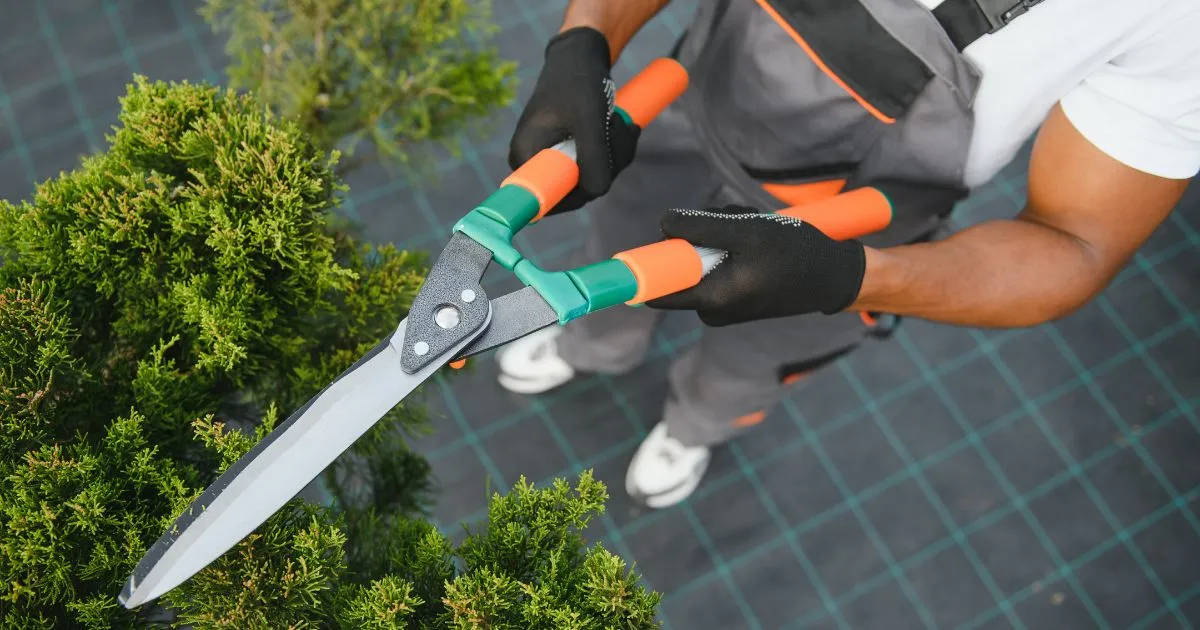Table of Contents
Gardening is a rewarding activity that allows you to connect with nature, grow your own food, and create beautiful landscapes. However, to maintain a thriving garden, you need the right tools, and more importantly, you need to keep those tools in excellent condition. One of the most critical aspects of tool maintenance is sharpening. In this article, we will explore everything you need to know about how to sharpen gardening tools, why it’s important, and the best practices to ensure your tools remain effective and durable.

Why Sharpen Gardening Tools?
The Importance of Sharp Tools in Gardening
Sharp gardening tools are essential for efficient and effective gardening. Dull tools can make tasks like pruning, cutting, and digging more labor-intensive and time-consuming. They can also damage plants by tearing instead of making clean cuts, which can lead to disease and pest infestations. Sharp tools, on the other hand, make clean cuts, reduce effort, and help you work more precisely.
Benefits of Sharpening Gardening Tools
- Improved Efficiency: Sharp tools cut through soil, branches, and roots with ease, reducing the amount of effort required.
- Plant Health: Clean cuts promote faster healing and reduce the risk of disease.
- Tool Longevity: Regular sharpening prevents excessive wear and tear, extending the life of your tools.
- Safety: Dull tools can slip or require excessive force, increasing the risk of injury.

Types of Gardening Tools That Need Sharpening
Not all gardening tools require sharpening, but many do. Here are the most common tools that benefit from regular sharpening:
1. Pruning Shears
Pruning shears are used for cutting small branches and stems. Dull blades can crush plant tissue instead of making clean cuts.
2. Loppers
Loppers are designed for cutting thicker branches. Sharp blades are essential for making clean cuts without straining the tool.
3. Hedge Shears
Hedge shears are used for trimming hedges and shrubs. Sharp blades ensure even cuts and prevent damage to the plant.
4. Shovels and Spades
While not cutting tools, shovels and spades benefit from sharp edges to make digging easier and more efficient.
5. Hoes
Hoes are used for weeding and cultivating soil. A sharp edge makes these tasks quicker and less strenuous.
6. Axes and Hatchets
These tools are used for chopping wood and clearing brush. Sharp blades are crucial for safety and efficiency.
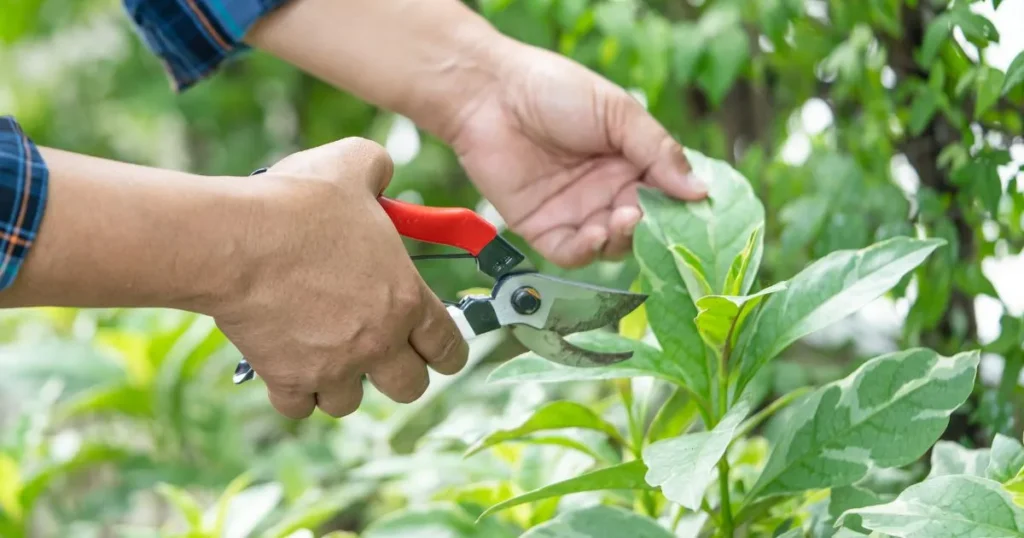
How to Sharpen Gardening Tools: Step-by-Step Guide
Sharpening gardening tools may seem daunting, but with the right techniques and tools, it’s a straightforward process. Below, we’ll walk you through the steps for sharpening different types of gardening tools.
Tools You’ll Need for Sharpening
- Sharpening stone or file
- Honing oil or water (for sharpening stones)
- Wire brush or steel wool
- Safety gloves
- Clamp or vise (to secure the tool)
- Rag or cloth
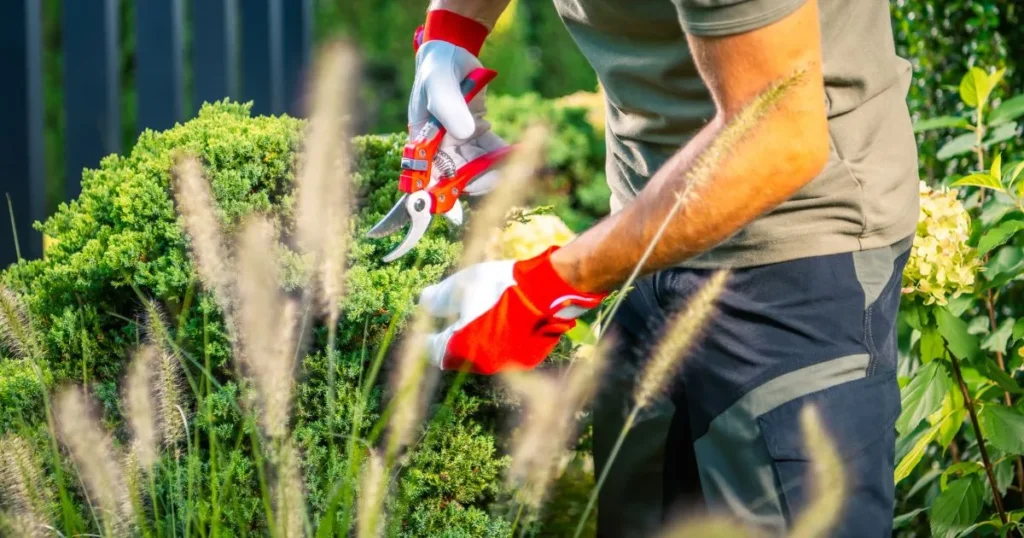
Step 1: Clean the Tools
Before sharpening, it’s essential to clean your tools to remove dirt, rust, and debris. Use a wire brush or steel wool to scrub the blades thoroughly. For stubborn rust, you can soak the tools in a vinegar solution or use a rust remover.
Step 2: Inspect the Tool
Check the blades for nicks, cracks, or significant damage. Minor nicks can be smoothed out during sharpening, but severely damaged tools may need professional repair or replacement.
Step 3: Secure the Tool
Use a clamp or vise to hold the tool steady while you work. This ensures safety and allows you to focus on sharpening.
Step 4: Sharpen the Blade
The sharpening process varies depending on the tool. Here’s how to sharpen common gardening tools:
Pruning Shears and Loppers
- Use a sharpening stone or file to sharpen the beveled edge of the blade.
- Hold the stone at the same angle as the existing bevel (usually 20-30 degrees).
- Move the stone or file in one direction along the edge, starting from the base to the tip.
- Repeat until the blade is sharp.
Shovels and Spades
- Use a file to sharpen the edge of the blade.
- Hold the file at a 45-degree angle and push it along the edge in one direction.
- Repeat until the edge is sharp.
Hoes
- Use a file to sharpen the cutting edge.
- Hold the file at a 20-degree angle and push it along the edge.
- Repeat until the edge is sharp.
Axes and Hatchets
- Use a sharpening stone or file to sharpen the blade.
- Hold the stone at the same angle as the existing bevel.
- Move the stone in a circular motion along the edge.
- Repeat until the blade is sharp.
Step 5: Hone the Blade
After sharpening, use a honing stone or fine-grit sharpening stone to smooth out any rough edges. This step ensures a polished, razor-sharp edge.
Step 6: Clean and Protect the Tools
Wipe the blades with a clean cloth to remove any metal filings or debris. Apply a light coat of oil to prevent rust and keep the tools in good condition.
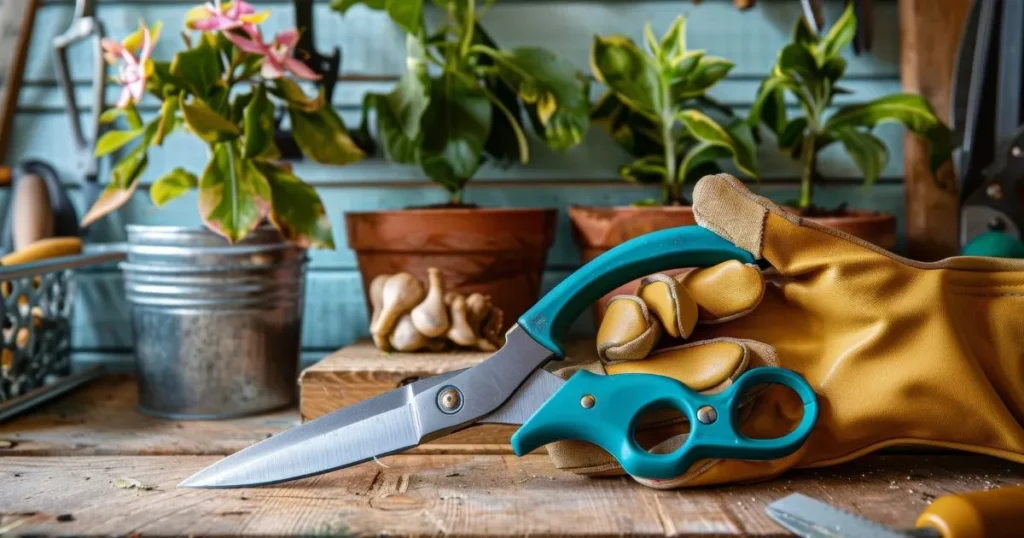
Tips for Maintaining Sharp Gardening Tools
- Clean Tools After Each Use: Remove dirt and sap to prevent buildup and corrosion.
- Store Tools Properly: Keep tools in a dry place to avoid rust.
- Regular Inspections: Check your tools periodically for signs of wear or damage.
- Use the Right Tool for the Job: Avoid using tools for tasks they’re not designed for, as this can cause damage.
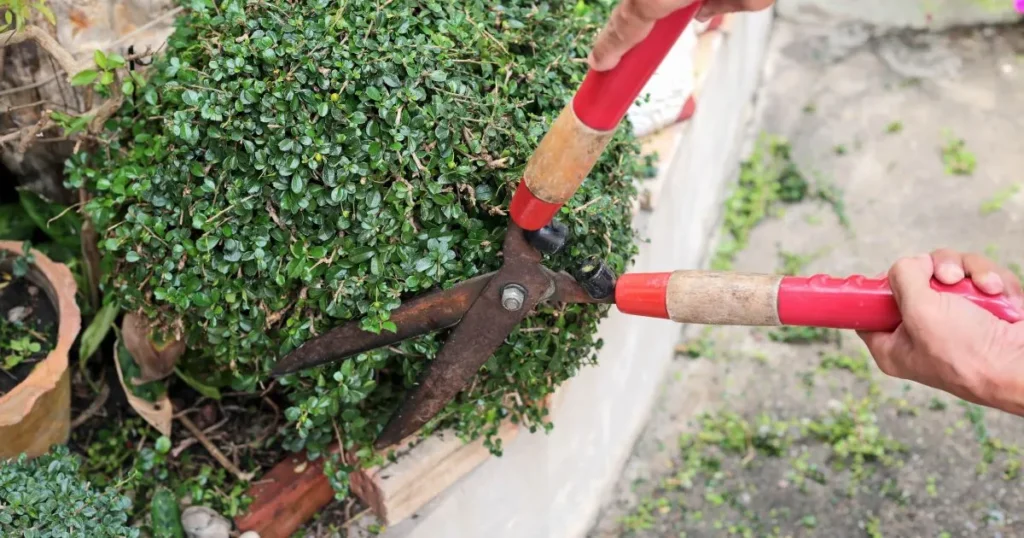
Common Mistakes to Avoid When Sharpening Gardening Tools
- Using the Wrong Angle: Sharpening at the wrong angle can damage the blade and reduce its effectiveness.
- Over-Sharpening: Excessive sharpening can thin the blade and make it more prone to damage.
- Neglecting Safety: Always wear gloves and secure the tool to avoid accidents.
- Skipping Maintenance: Regular maintenance is key to keeping tools sharp and functional.

Conclusion
Sharpening gardening tools is an essential part of garden maintenance that ensures your tools remain effective, safe, and long-lasting. By following the steps outlined in this guide, you can keep your pruning shears, shovels, hoes, and other tools in top condition. Remember, a little effort goes a long way in making your gardening tasks easier and more enjoyable. So, take the time to sharpen your gardening tools regularly, and you’ll reap the benefits in your garden.
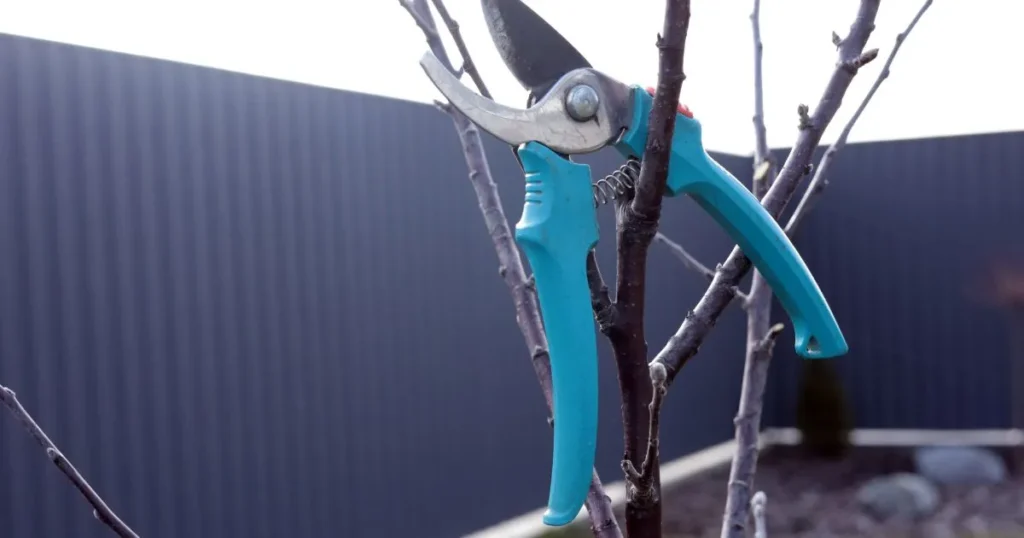
FAQ About Sharpening Gardening Tools
1. How often should I sharpen my gardening tools?
It depends on how frequently you use them. For heavy use, sharpen your tools every few months. For occasional use, once or twice a year should suffice.
2. Can I use a kitchen knife sharpener for gardening tools?
While some knife sharpeners may work for small tools like pruning shears, it’s best to use tools specifically designed for gardening equipment.
3. What’s the best way to remove rust from gardening tools?
Use a wire brush or steel wool to scrub off surface rust. For stubborn rust, soak the tools in a vinegar solution or use a commercial rust remover.
4. Can I sharpen serrated blades?
Sharpening serrated blades requires a specialized tool, such as a tapered sharpening rod. It’s often best to leave this task to professionals.
5. How do I know if my tool is sharp enough?
A sharp tool should cut through paper or plant material cleanly and with minimal effort. If it struggles or tears instead of cutting, it needs sharpening.
6. Is it worth sharpening old, rusty tools?
If the tool is still structurally sound, sharpening and cleaning can restore its functionality. However, severely damaged tools may need to be replaced.
7. Can I use a power tool to sharpen gardening tools?
Yes, power tools like angle grinders can be used, but they require caution to avoid overheating or damaging the blade.

